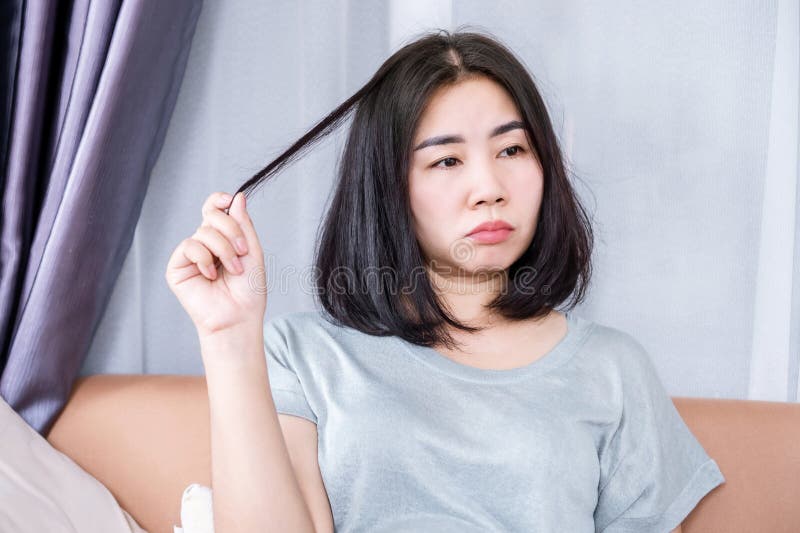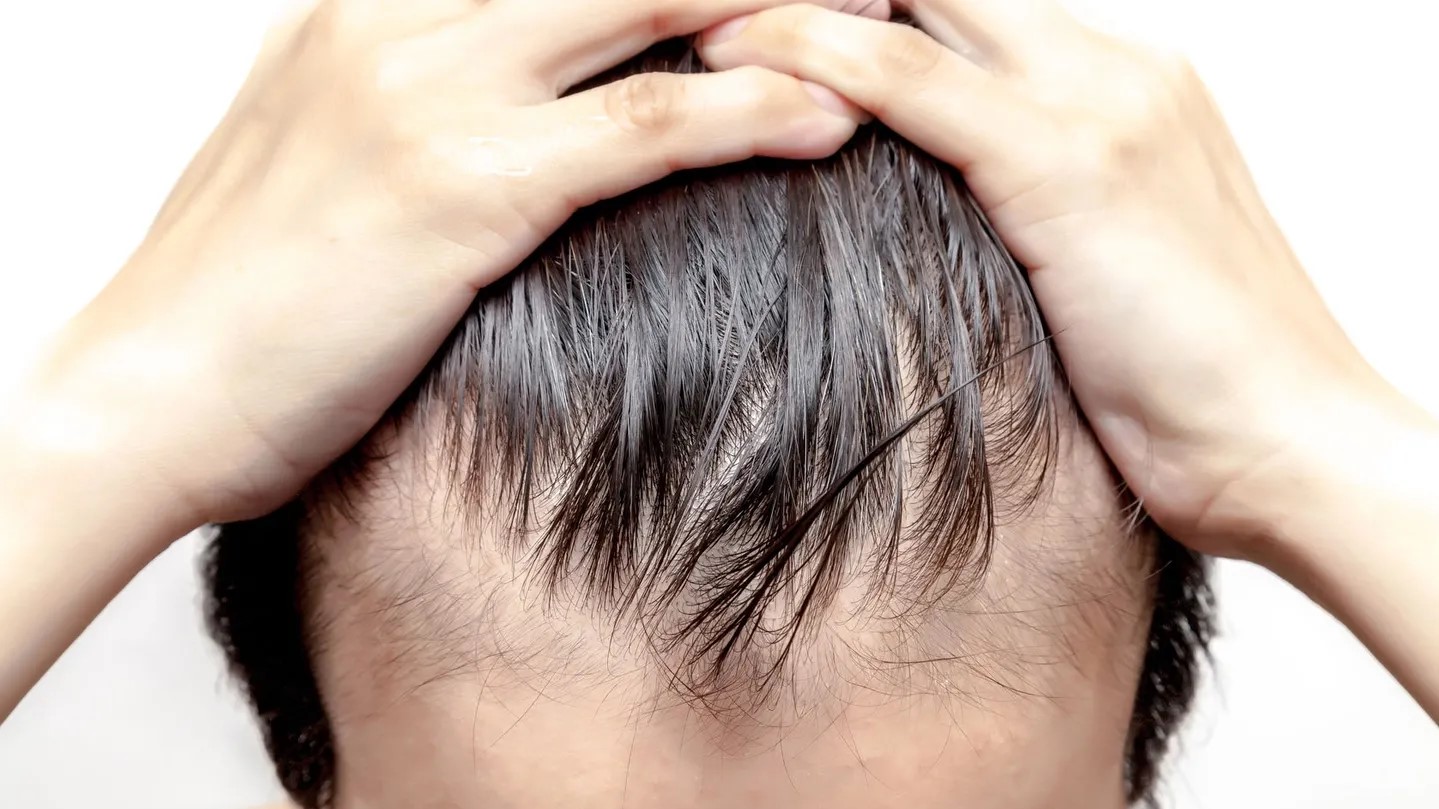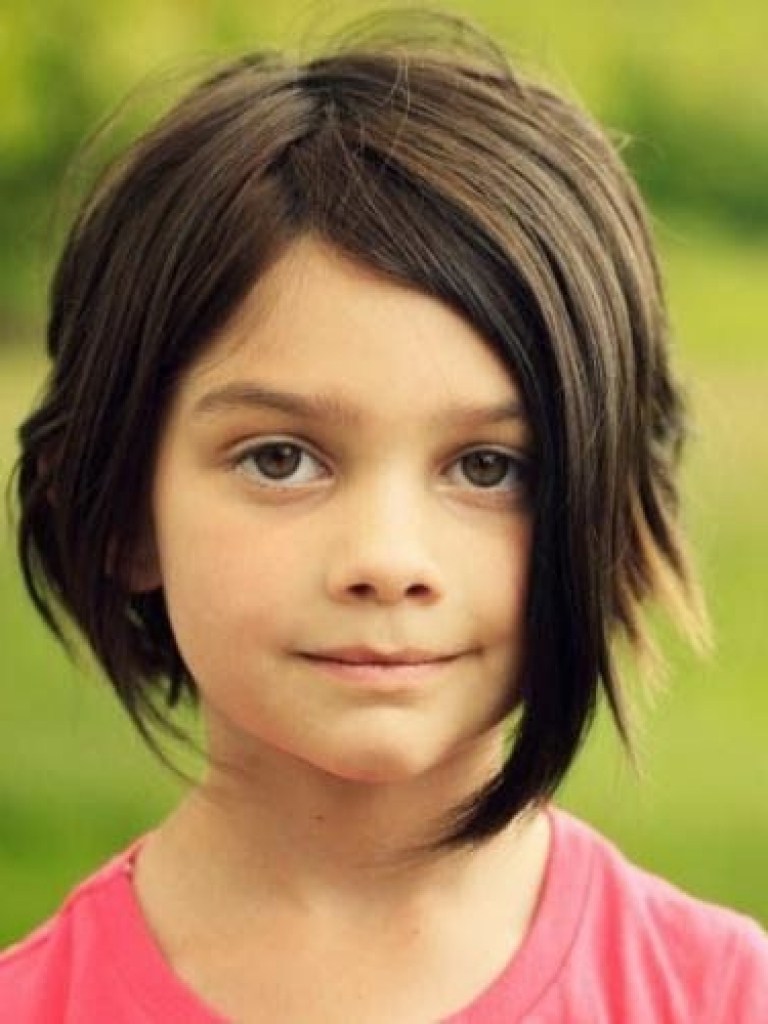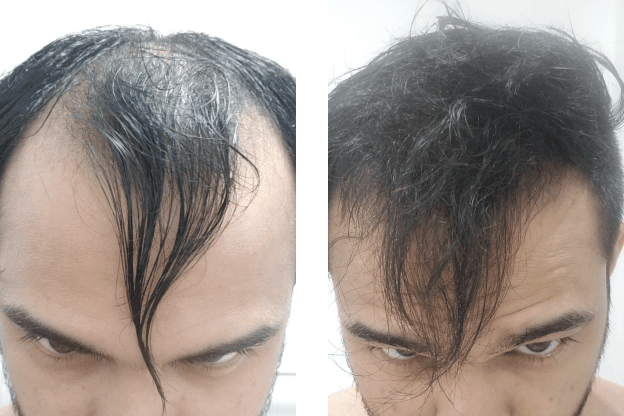Table Of Content

Trichotillomania is classified under the category of "related disorders" in the Diagnostic and Statistical Manual of Mental Disorders, 5th Edition (DSM-5). Heredity is not a cause of trich, but suggests there is a statistical association of trich showing up more often in families with obsessive-compulsive spectrum disorders. The average age of onset is between the ages of 9 and 13, meaning the urge to pull hair often begins around puberty.
Treatment

The numbers may not be accurate due to the strong negative stigma attached to the disorder. However, prevalence numbers may increase because of the medical community’s increased knowledge and reduction of the stigma surrounding the disorder. The numbers change not because more people have the disorder, but because people are no longer afraid to seek help. Physical effects such as pruritus, tissue damage, infection, and repetitive motion injuries to the muscles or joints are not uncommon.
Trichotillomania Treatment
The onset of this disorder may be preceded or accompanied by various emotional states, such as feelings of anxiety or boredom. A stressful event such as abuse, family conflict, or death may also trigger trichotillomania. While no treatment has been found to be universally effective, some show great promise and may deliver lasting relief.
What is trichotillomania?
However, treating the underlying negative emotions may help prevent the urge to pull your hair from coming back. The realization that they are pulling out hair can lead to more feelings of anxiety and embarrassment. This creates a cycle of anxiety, hair pulling, temporary relief then anxiety, embarrassment, and hair pulling again. However, the older a person gets — especially from adolescence onward — the greater the odds that treating the condition becomes difficult.
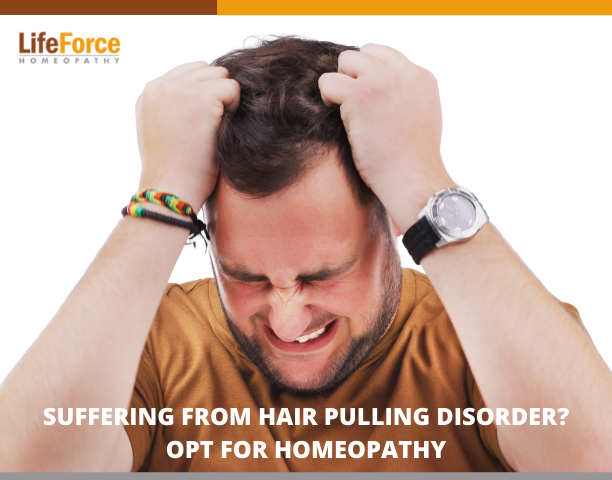
Studies of Parkinson’s disease and stroke patients show that when the putamen is damaged, the patient will experience unpredictable, repetitive movements. Correlates, on the other hand, are conditions which occur more often in people with trichotillomania but are not attributed as a cause to the disorder. For example, smoking is correlated with poor health, however, not everyone who has poor health smokes, nor does everyone who smokes have poor health.
Start your journey with TrichStop
That can help you live a life where your hair and appearance don’t make you feel anxious or ashamed, so you can focus on things that matter most to you. Trichotillomania (often abbreviated as TTM) is a mental health disorder where a person compulsively pulls out or breaks their own hair. This condition falls under the classification of obsessive-compulsive disorder (OCD).
Trichotillomania (hair-pulling disorder)
Many people with trich avoid going outside or avoid intimacy out of fear that their disorder will be exposed. The psychological consequences of trichotillomania could also lead a person to unhealthy lifestyle choices such as drugs or alcohol to cope with negative emotions. Once it is damaged, the hair may not grow back, or it may grow back in a way that does not match unpulled areas. Hair pulling causes skin damage when hair pulling occurs in the same area repeatedly ranging from mild skin abrasions to severe infections.
The cause of trichotillomania has yet to be determined by the medical field, but there are some theories based in neuroscience. A cause is a physical or environmental determinant of a disorder, something that is directly connected with the disorder. Some people who pull out their hair engage in secondary behaviors such as eating the hair or running it over the skin. For others, their BFRBs wax and wane, with periods of no picking, pulling, or biting. For some, they are able to regulate and stop their behaviors completely. Medications used for OCD and other anxiety disorders have been tested on subjects with BFRBs with limited success.
Trichotillomania: A Primer on a Common Hair-Pulling Disorder - Medscape
Trichotillomania: A Primer on a Common Hair-Pulling Disorder.
Posted: Mon, 04 Apr 2022 07:00:00 GMT [source]
Treatments
If a person thinks they have trichotillomania, they should see their doctor for a diagnosis. The doctor may refer the person for specialist treatment, such as behavioral therapy. Doctors are also working to identify changes in brain function or chemistry that could lead to trichotillomania.
Habit reversal training teaches people to replace hairpulling with another less harmful action. Shame and other negative feelings prevent many people from seeking treatment specifically for TTM. Because the disorder is not widely known or understood, many who struggle with it are not aware that it's a mental health condition for which they can seek treatment. The behavior is compulsive and may even occur without conscious notice; it often results in significant hair loss that can lead to alopecia or bald spots. To warrant a TTM diagnosis, the hair loss must not be attributable to other medical conditions. Individuals with co-occurring mental health disorders may be more likely to seek treatment, evidence suggests.
This can cause hairballs to form in the stomach, leading to serious illness. Or, over-the-counter or professional remedies might help your long lashes return. However, the studies used very small sample sizes and did not report information on side effects.
It might also help you feel in control during stressful situations. Most commonly, people with trichotillomania pull out hair from their scalp. They may also pull out their eyelashes, eyebrows, facial hair (like beards or mustaches), or armpit, leg, or pubic hair. Often, they pull when they're stressed or bored as a way to soothe themselves.
The surprising symptom of ADHD you might spot in your hair – and 18 other signs... - The Sun
The surprising symptom of ADHD you might spot in your hair – and 18 other signs....
Posted: Mon, 28 Aug 2023 07:00:00 GMT [source]
If you end up with damage to this area, it will be harder for them to grow back, and they might not be able to grow back all the way. In general, it takes about 3-4 months for eyebrow hair to grow, and it might take longer if your hair or skin has been affected by pulling. To help prevent damage, doctors say to pull your eyebrow hair in the same direction it grows and use angled metal tweezers with sharp, skinny points.
But experts believe that while a tendency to pull out one’s hair may be inherited to some extent, genes are not solely responsible for the development of trichotillomania. In general, trichotillomania often co-occurs with other psychological problems, such as anxiety, OCD, or eating, mood, and personality disorders. Trichotillomania (TTM) is a mental disorder in which people feel an overwhelming need to pull out their own hair.
In some cases, people engage in “rituals” after pulling, such as rolling the hair between their fingers, touching it to their lips or face, or inspecting the end to look at the root. Other people with trichotillomania eat their pulled hairs, a condition known as trichophagia. While the exact prevalence of trichophagia is not well understood, some studies estimate it occurs in 20 to 30 percent of those with trichotillomania. Trichophagia can be dangerous or even deadly, as it can result in the development of hairballs that obstruct the intestines.
